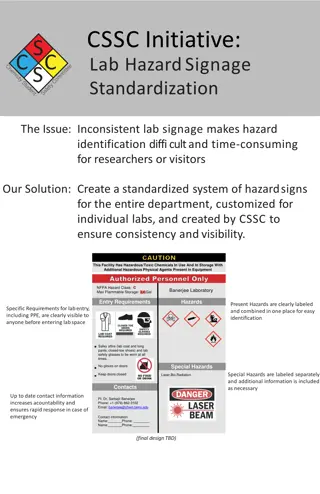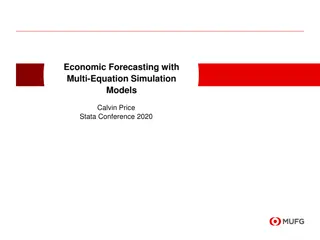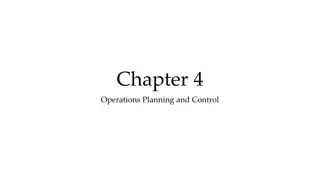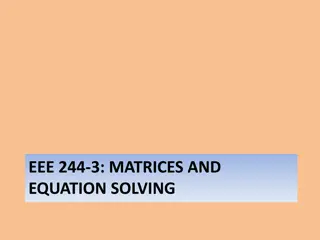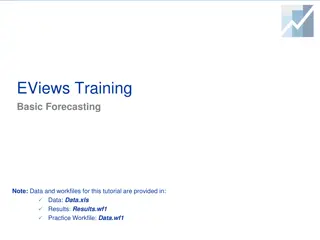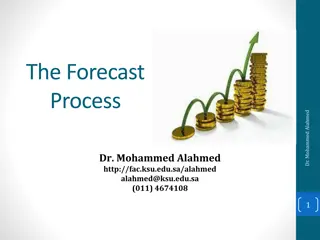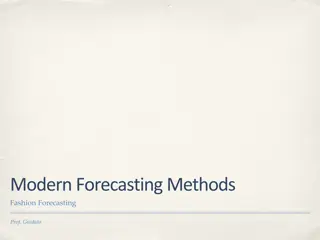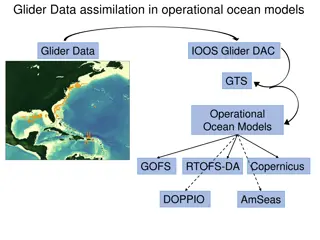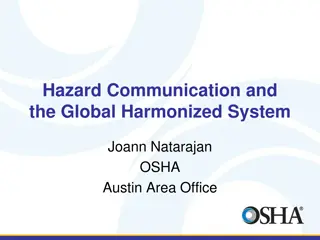Understanding Hazard Matrices and Impact-Based Forecasting
Hazard matrices are essential tools for coordinating emergency preparedness and response by categorizing primary, secondary, and tertiary effects of hazards. Impact matrices help organizations assess risks and determine potential impacts of events, allowing for better planning and mitigation strategies.
Download Presentation

Please find below an Image/Link to download the presentation.
The content on the website is provided AS IS for your information and personal use only. It may not be sold, licensed, or shared on other websites without obtaining consent from the author. Download presentation by click this link. If you encounter any issues during the download, it is possible that the publisher has removed the file from their server.
E N D
Presentation Transcript
Matrices Impact Based Forecasting October 2015
Why do we need a Hazard Matrix? All hazards approach to better coordinate emergency preparedness and response Include potential for subsequent or secondary emergencies Hazards can have primary, secondary and tertiary effects
Hazard definitions Hazard: a meteorological or geophysical event which has the potential to negatively impact on humans, animals or the environment. E.g., Cyclone Primary: occur as a result of the process itself. E.g., rainfall Secondary: occur because primary hazard has caused them. E.g., Flooding Tertiary: Occur as a result of primary and secondary hazards and often have long term effects. E.g. loss of livestock leading to poverty or migration
Hazard Matrix Example Source Primary Hazard Secondary Hazard River and coastal flooding Tertiary Hazard Monsoon Strong winds Disease Heavy rainfall Surface water flooding Thunderstorms Land instability
Introduction to Impact Matrices Impact matrix allows organisations to decide where on the risk matrix an event lies for a specific event Is the bad weather expected during a rush hour? In the area of concern are there any local hot-spots i.e. areas prone to the particular weather hazard (wind, snow, fog, flooding etc.) Are there any significant outdoor events at which large numbers of people could be adversely affected? Are there politically sensitive areas e.g. areas which have flooded badly recently?
Where is the tick? YELLOW High Likelihood - Low Impact The public should be aware that some minor disruption is highly likely. Low Likelihood - High Impact Some very severe conditions are possible with major disruption to daily life (particularly to ) and the public should be prepared.
Methodology For each identified hazard, each sector should determine the impacts Impacts should be categorised into minimal, minor, significant and severe
Mitigation Advice Matrix Know Impact level as well as likelihood gives us a Risk level But what now? Advice matrix for each hazard with advice on what actions need to be taken in order to reduce impact Separated into Risk levels: Very Low, Low, Medium, High




